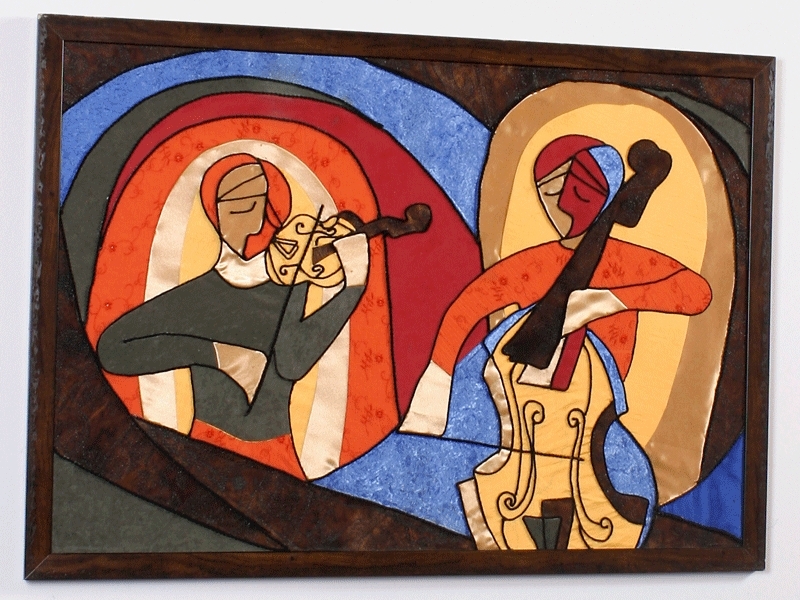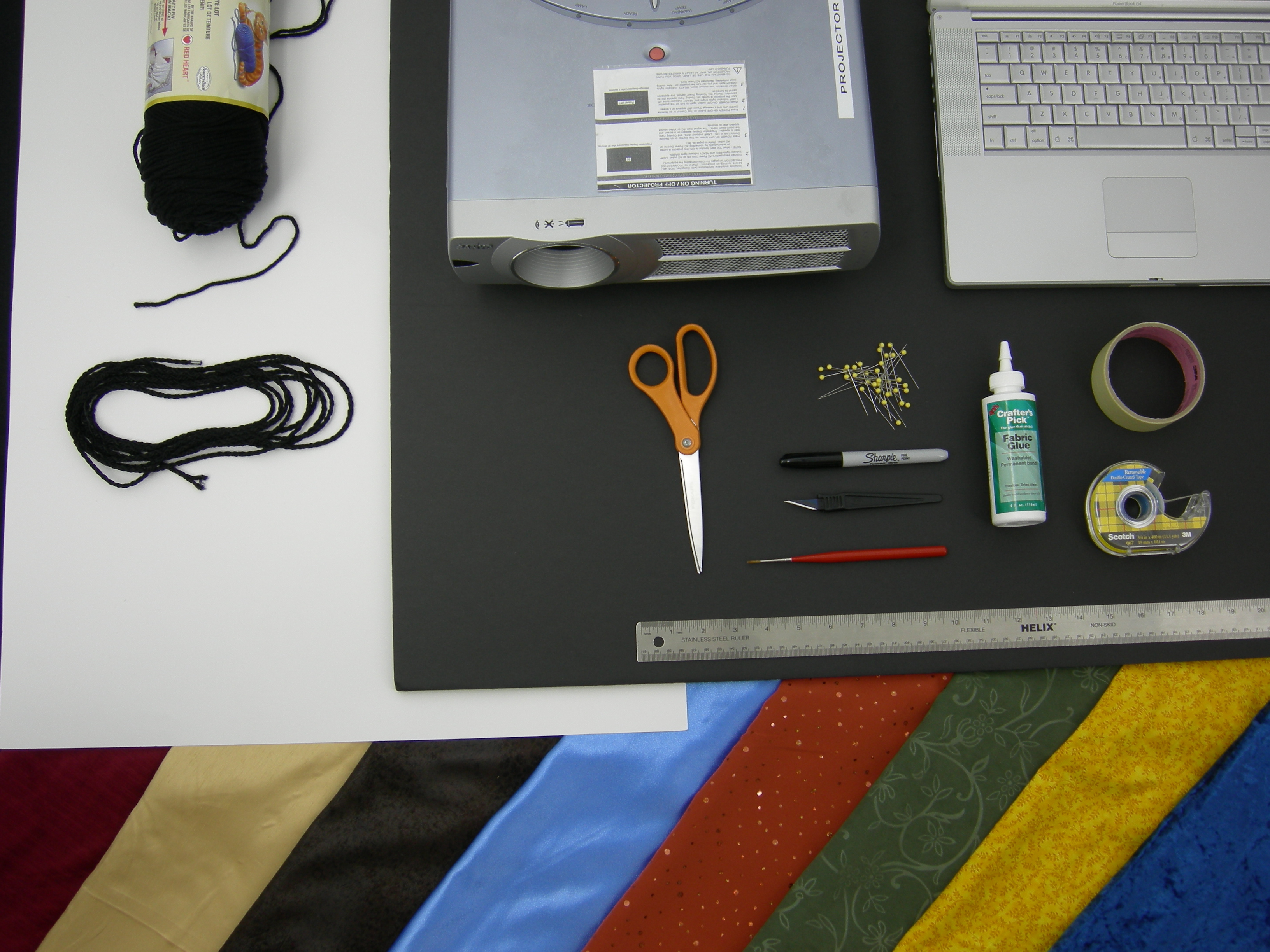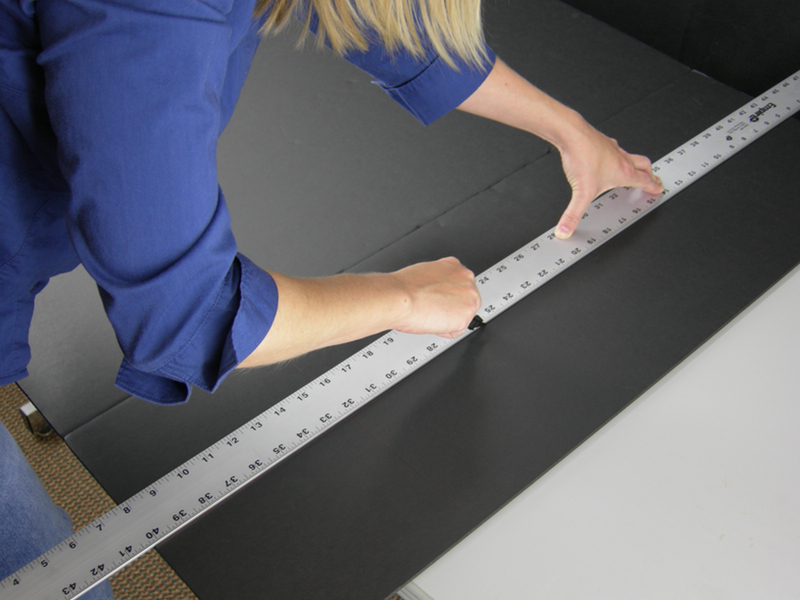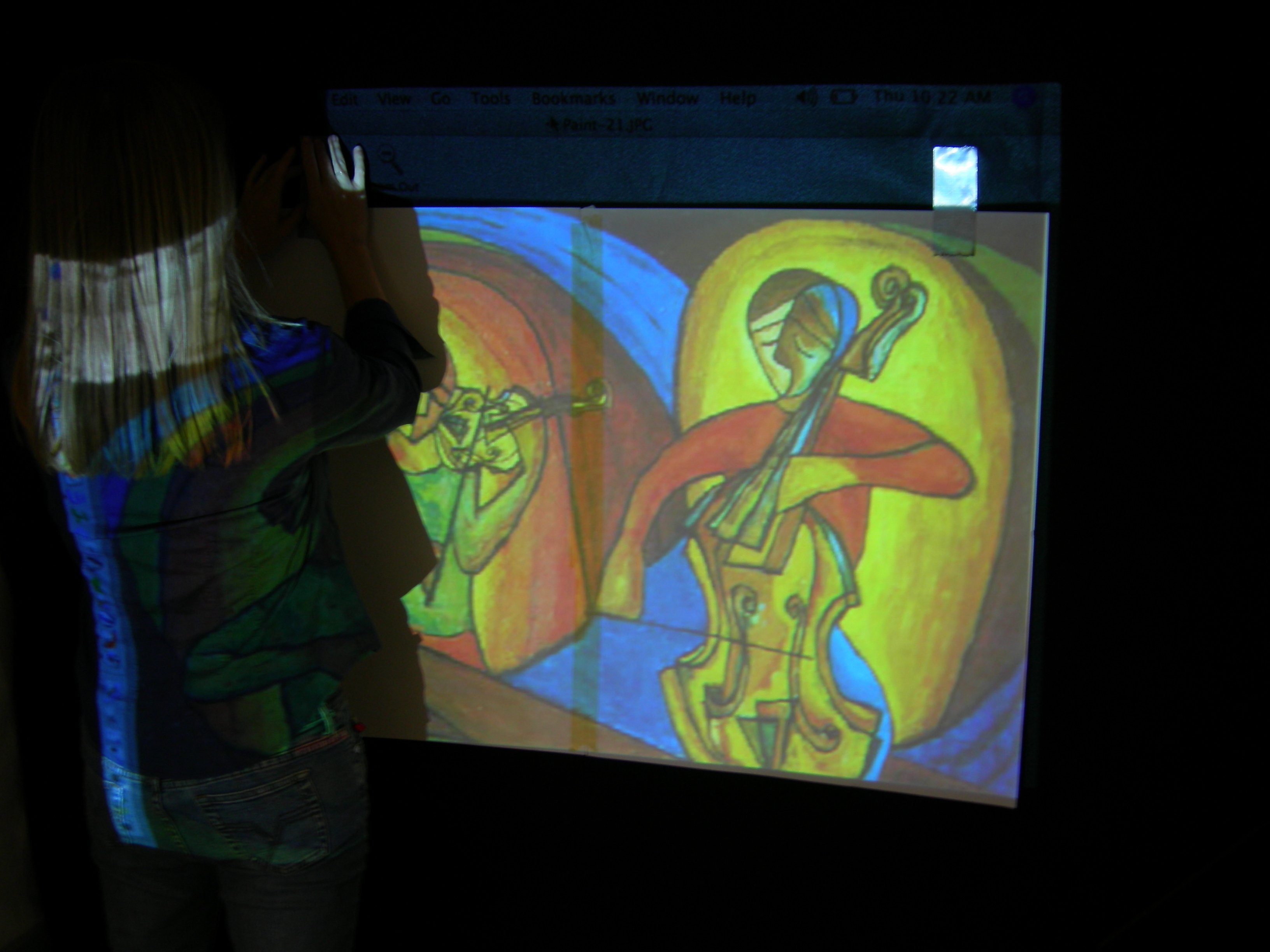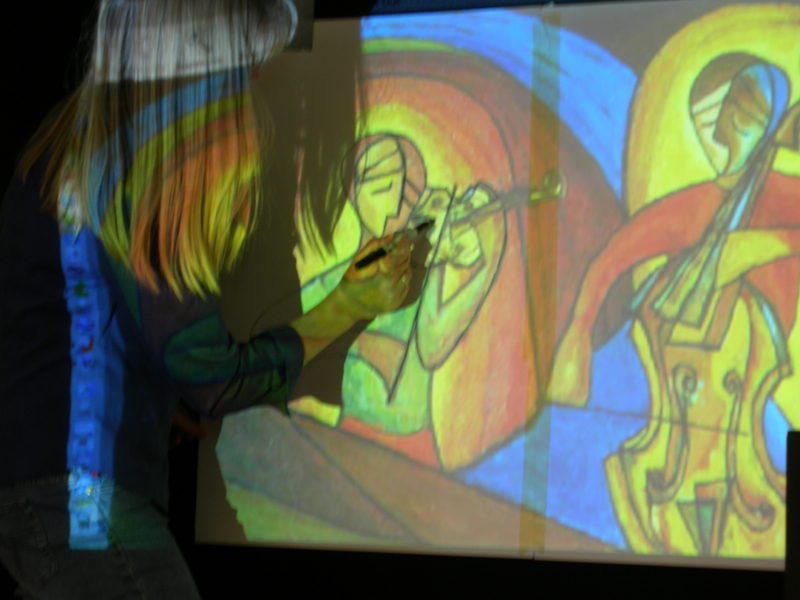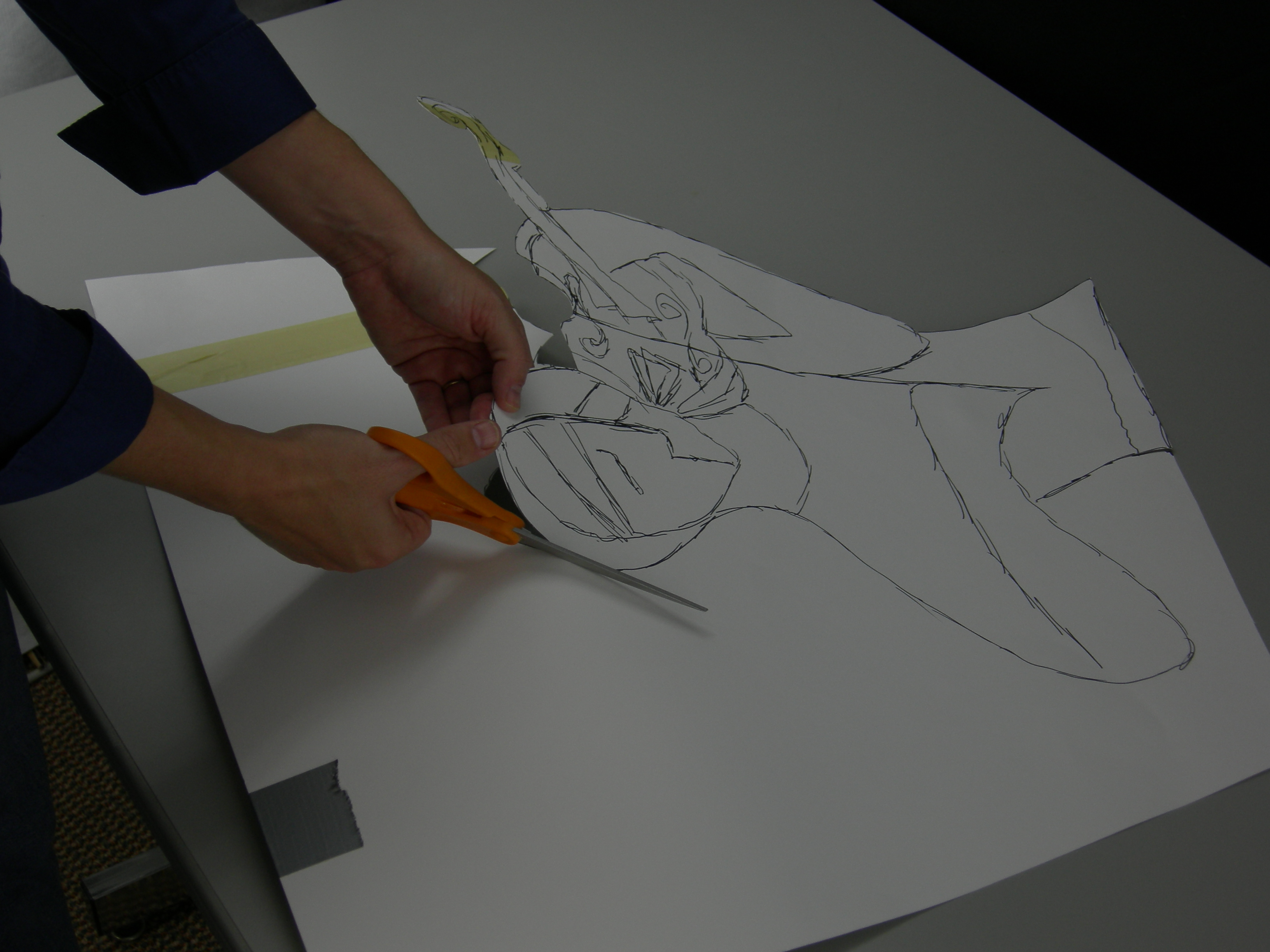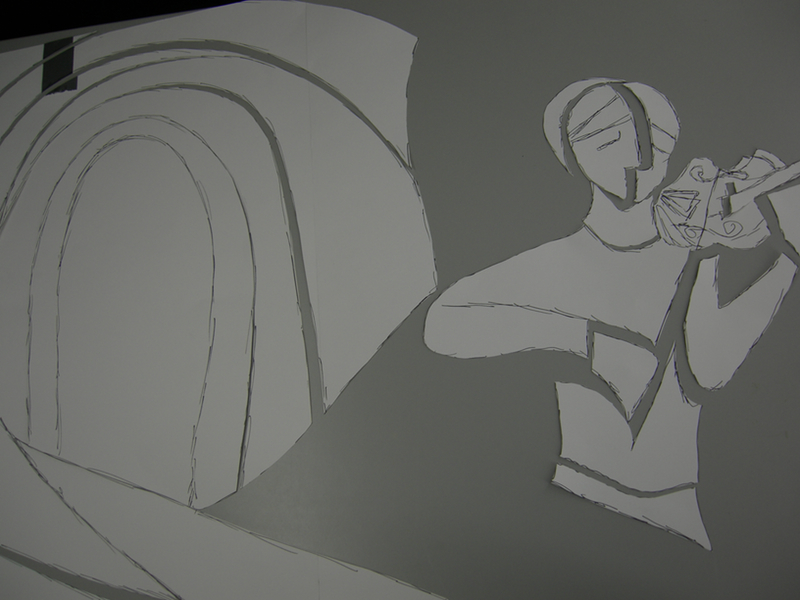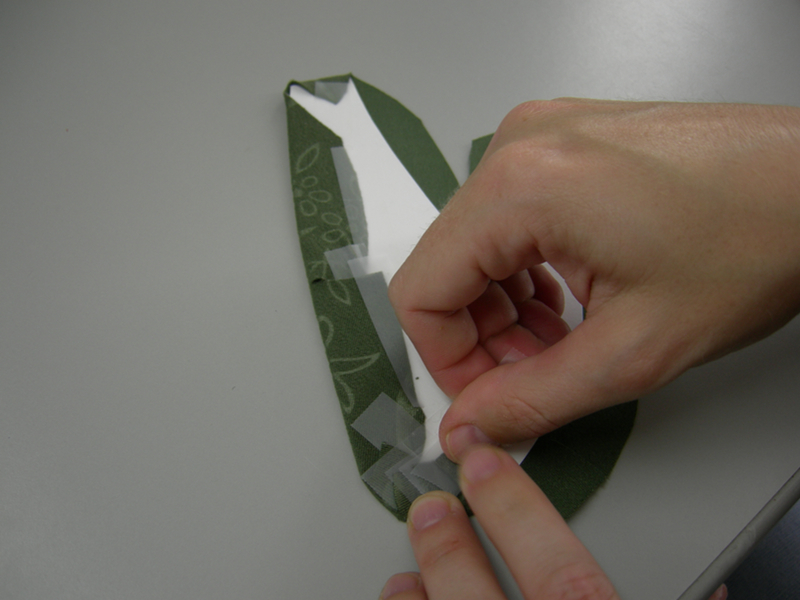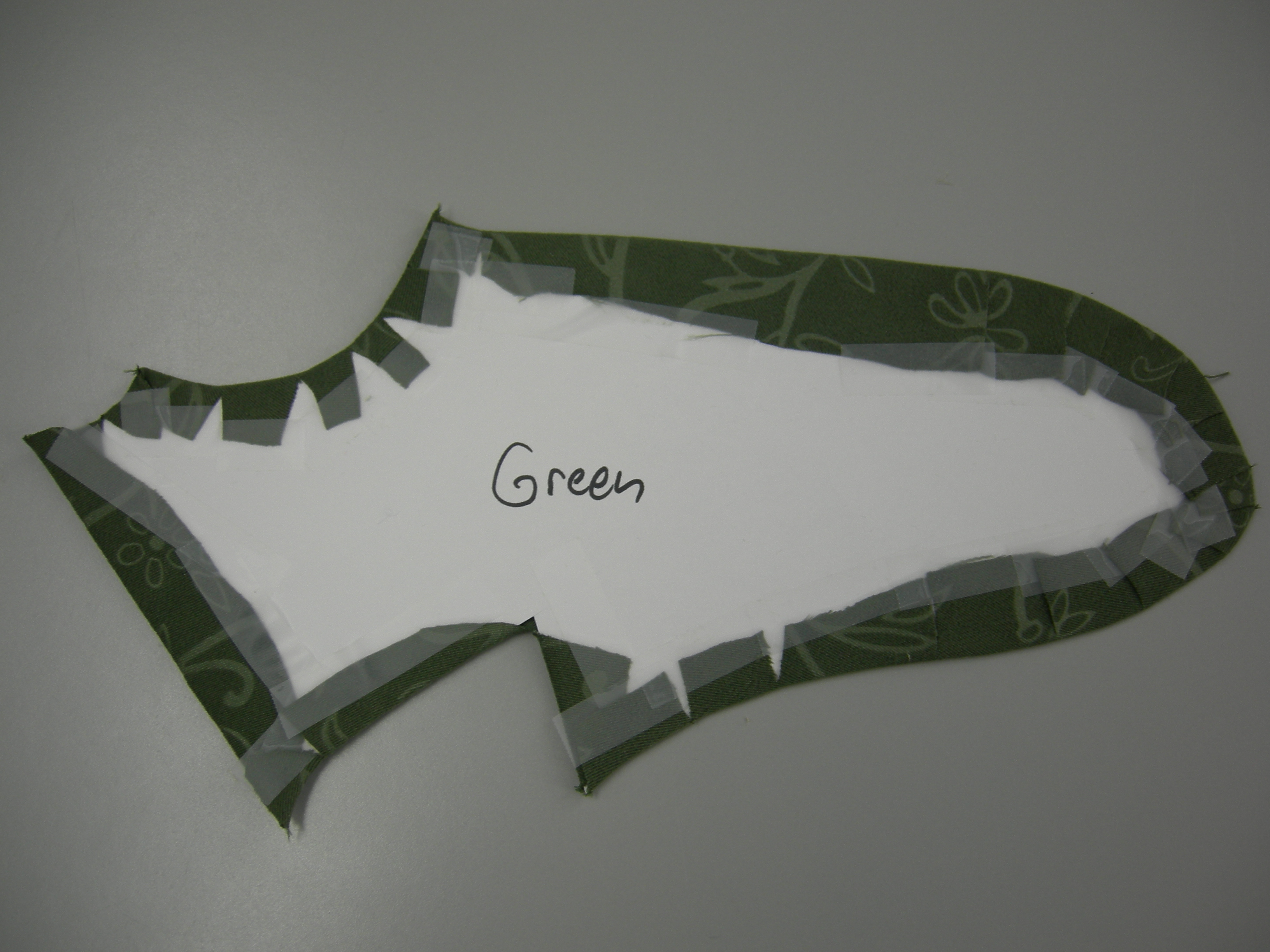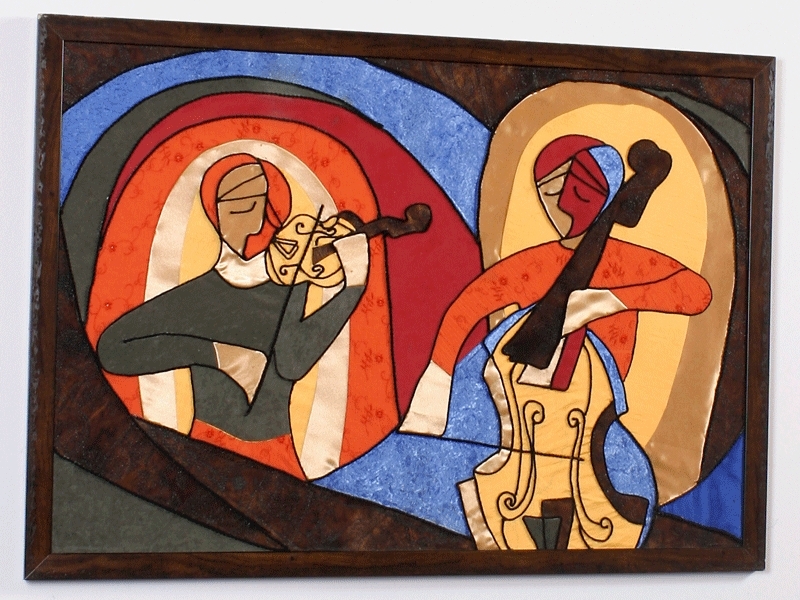When it comes to decorating, I picture exactly what I want, then refuse to settle for less. Take my living room. After a year of finding the perfect furniture, I wanted to craft one last piece to complete my vision. I was inspired by a gorgeous print I saw in a restaurant, a colorful, cubist painting of musicians by Emanuel Vardi.
I saw on TV how to stretch fabric on a canvas as an alternative to framed art. Could I pay homage to the Vardi piece and recreate it as a fabric collage? With the help of my laptop and a digital projector, I did just that.
Note: Make sure to seek permission when recreating someone else’s art — it’s not only the law, but you’d expect the same in return.


